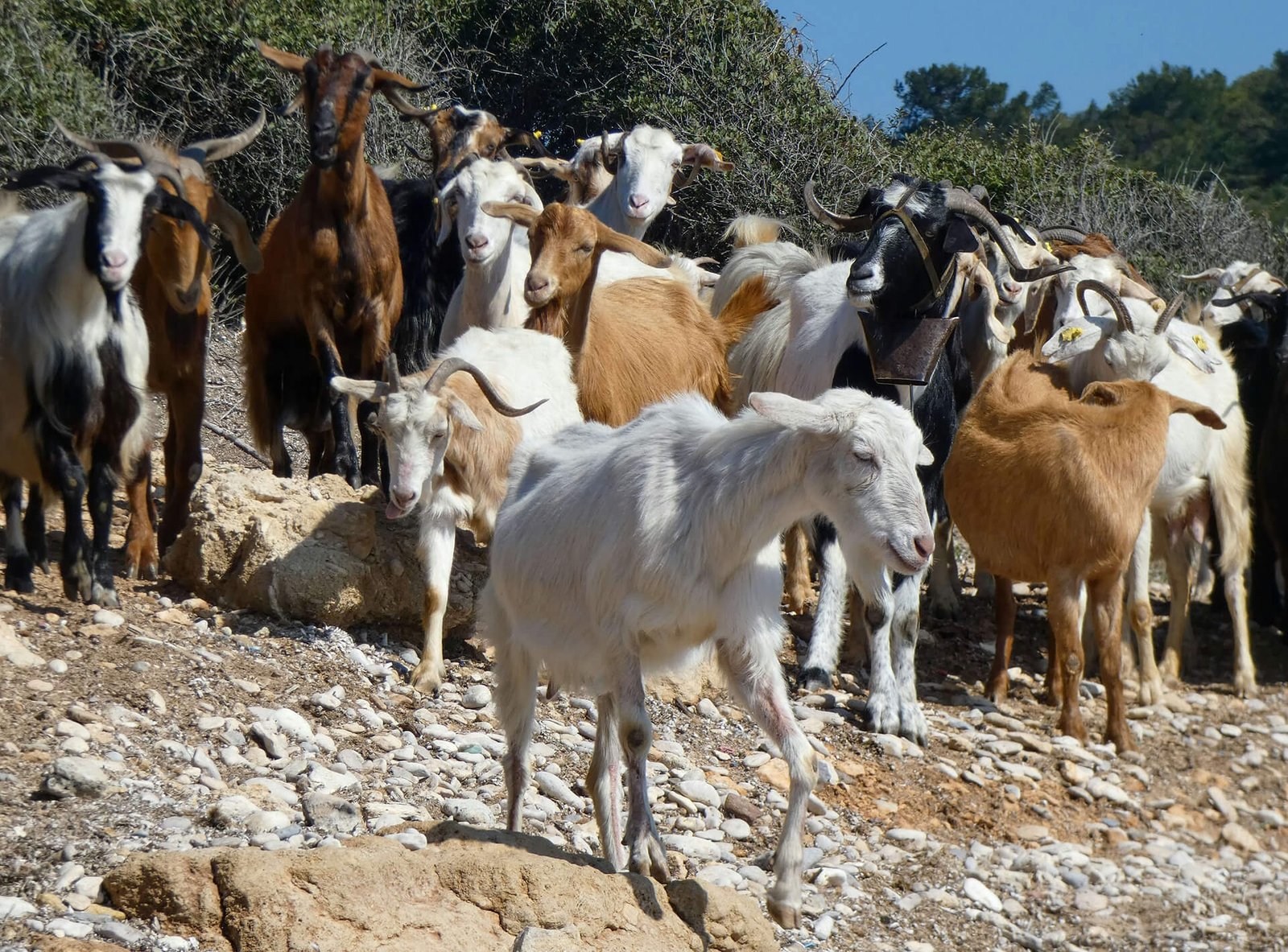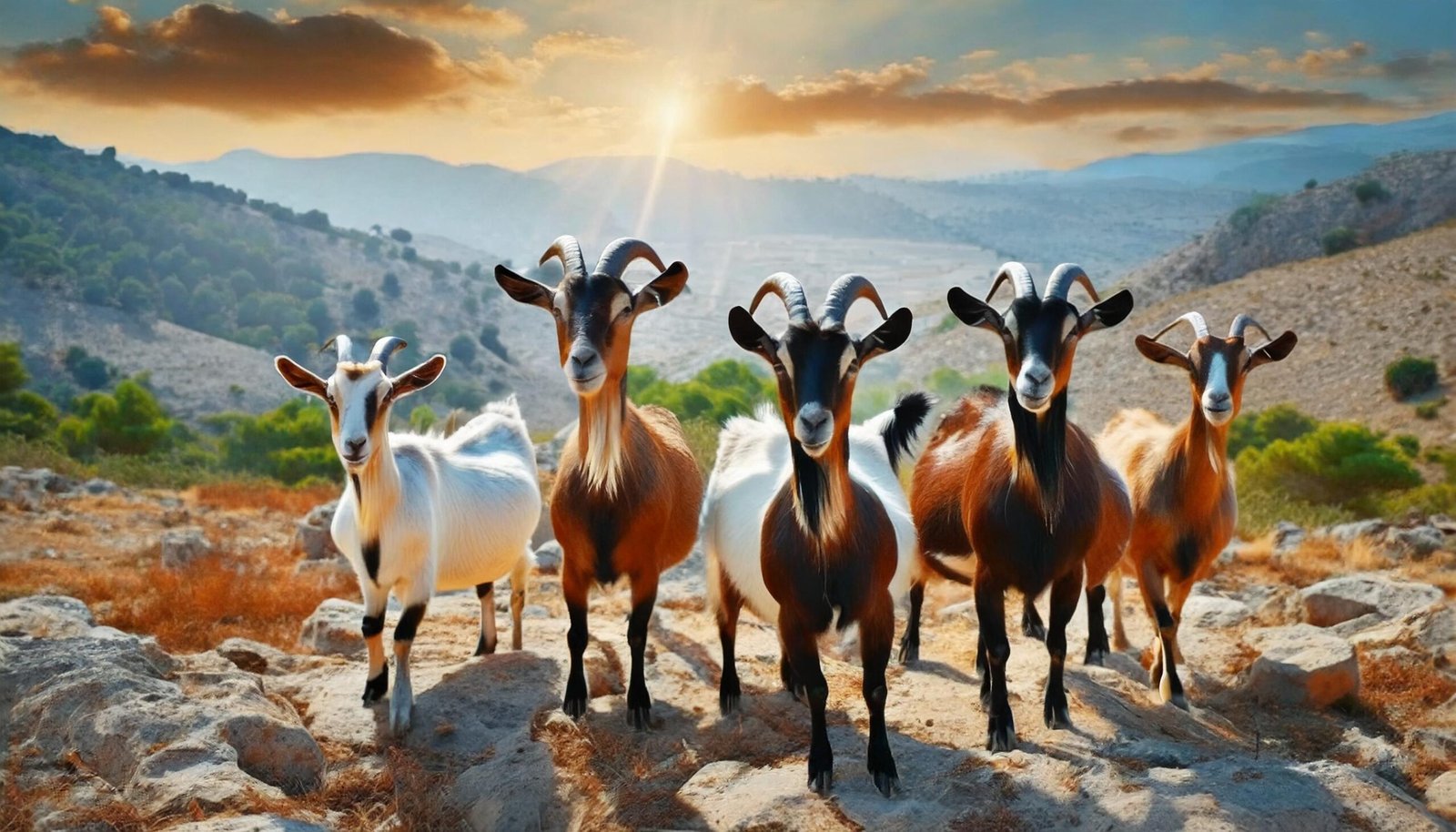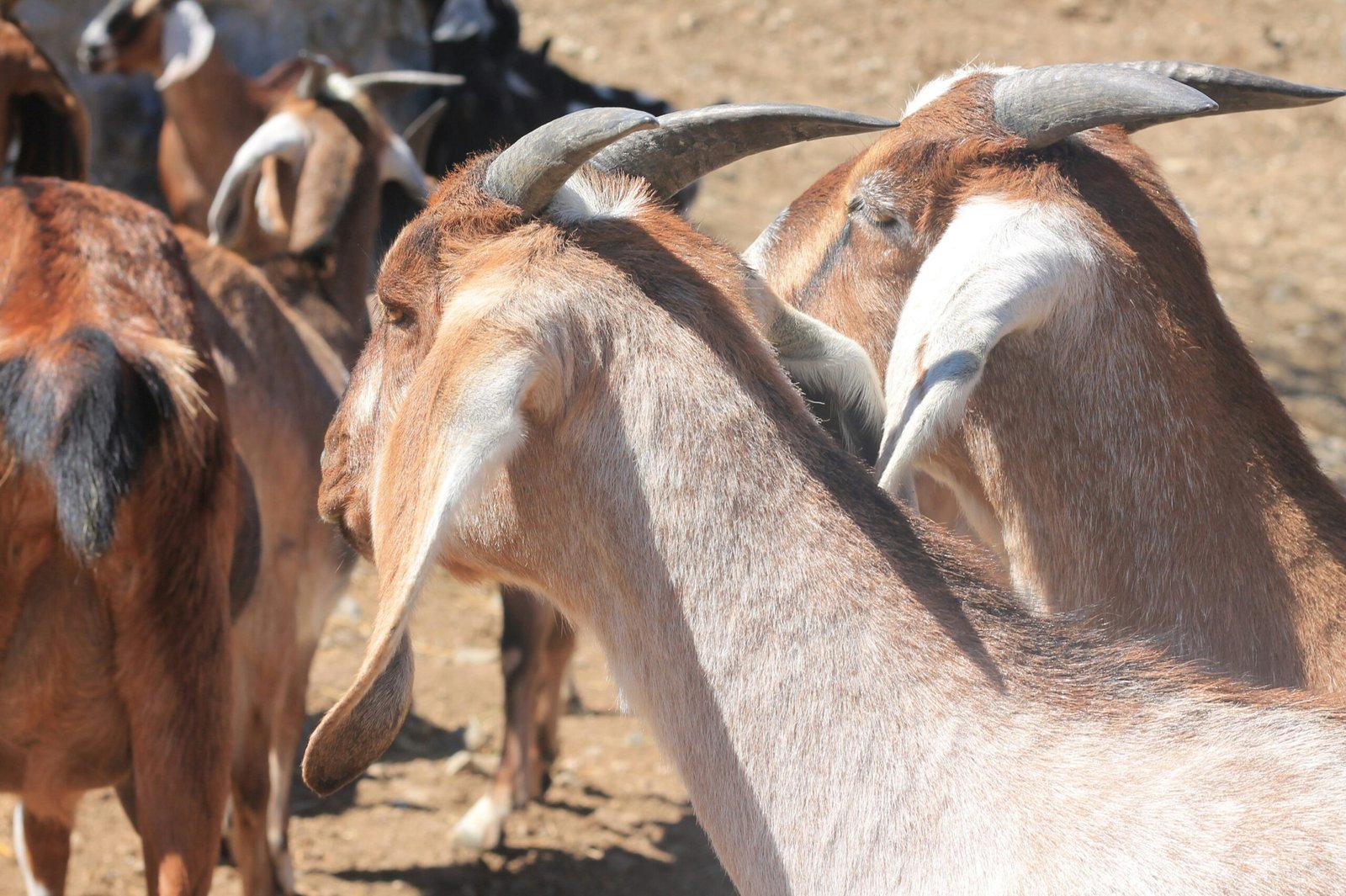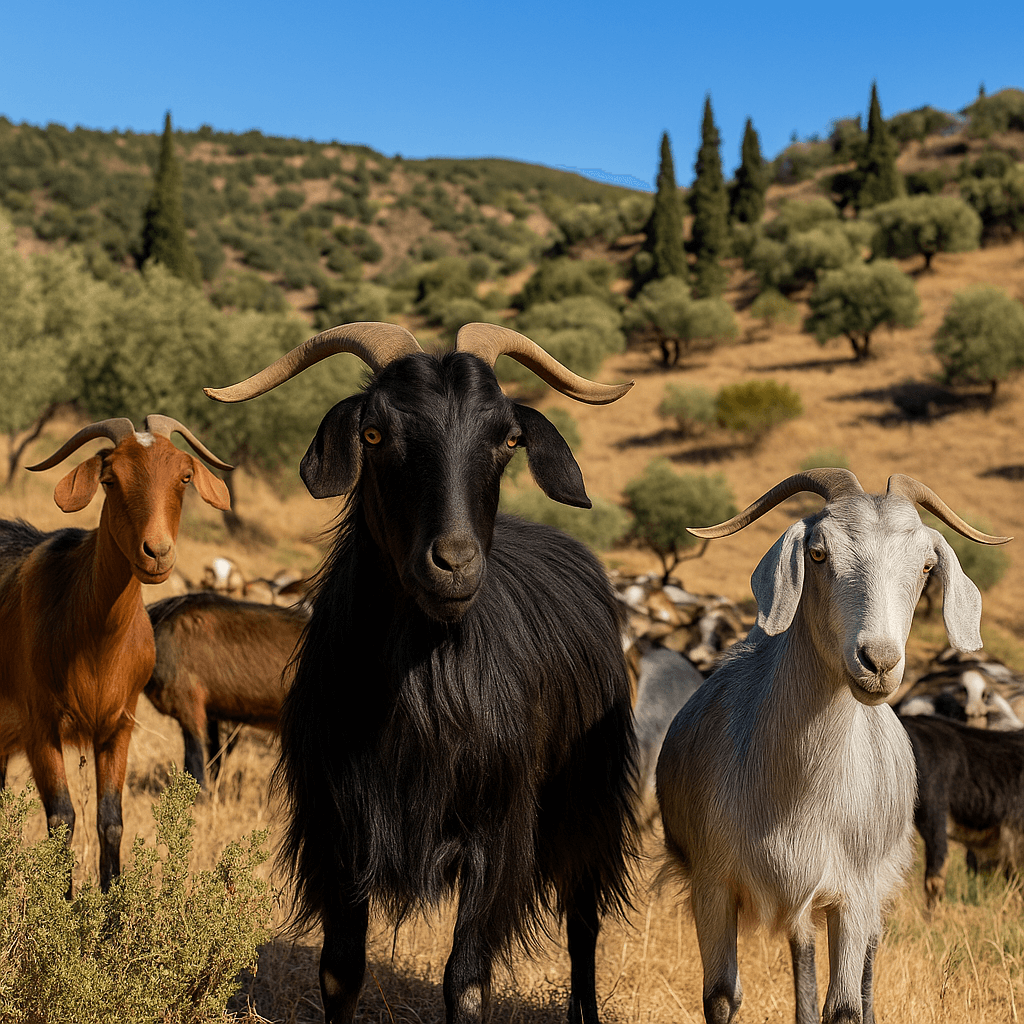Crete, Greece’s largest and most storied island, is renowned for its rugged mountains, rich pastoral heritage, and high-quality dairy products that form the backbone of the Mediterranean diet. Among the island’s hardy breeds, the Skopelos goat stands out for its adaptability to steep terrains and its ability to produce rich milk under challenging conditions. However, like many traditional dairy systems, Cretan goat farmers face pressing challenges: rising energy costs, aging infrastructure, and the need to reduce their environmental footprint.
To address these issues head-on, a groundbreaking initiative titled Sustainable Goat Farming in Crete is transforming how milk is harvested and stored by introducing solar-powered milking stations for Skopelos goats. Launched in 2022, this innovation is helping farmers achieve energy independence, improve milk quality, and significantly cut carbon emissions — paving the way for a more resilient dairy sector aligned with Greece’s green transition goals.
The Skopelos Goat: A Treasured Local Breed
The Skopelos goat, native to the Greek islands but well established in Crete, is celebrated for its ability to thrive on sparse vegetation and rugged hillsides where mechanized farming is impractical. Its milk, prized for its richness and unique flavor, supports a vibrant local cheese-making tradition and contributes to the island’s gastronomic reputation.
On well-managed farms, Skopelos goats can deliver an average milk yield of 125 liters per month, providing a dependable income source for rural households and sustaining local food economies. However, milking these animals traditionally relies on small, grid-powered stations or manual methods — both of which come with limitations that the new solar approach seeks to overcome.
Why Solar-Powered Milking Stations Matter
Conventional milking stations consume significant electricity to operate pumps, refrigeration units, and sterilization equipment. In remote or mountainous parts of Crete, grid connections can be unreliable, leading to costly generator use or milk spoilage during blackouts.
Solar-powered milking stations harness Crete’s abundant sunshine — one of the island’s greatest natural assets — to power all aspects of the milking process:
- Photovoltaic panels generate clean electricity.
- Battery storage systems ensure round-the-clock operation, even on cloudy days or after sunset.
- Energy-efficient milking equipment reduces power demand.
- Solar-powered cooling units maintain milk at safe temperatures immediately after milking, preserving quality and extending shelf life.
This shift makes milking more reliable, cost-effective, and sustainable — a win-win for farmers and the environment.
How the Initiative Works in Practice
The pilot phase, launched in 2022 in Crete’s inland villages, involved local cooperatives, renewable energy experts, and goat farming associations. Selected farms received modular solar kits sized to their herd’s needs, alongside training on installation, maintenance, and energy management.
Key features of the solar milking stations include:
- Plug-and-play design: Easy to set up, even on rugged terrain far from the main grid.
- Integrated data logging: Sensors monitor energy output, milk volume, and cooling performance, helping farmers optimize operations.
- Low-maintenance components: Durable panels and lithium batteries designed for harsh island weather.
Within the first year, participating farms reported:
- Significant reductions in fuel costs previously spent on diesel generators.
- More stable milk storage temperatures, reducing spoilage.
- Higher milk hygiene standards due to automated cleaning cycles powered by solar energy.
Boosting Milk Quality and Yield
Better energy reliability translates directly into higher-quality milk. With instant chilling, bacteria growth is suppressed, ensuring that Skopelos goat milk reaches processors or local markets in peak condition.
Additionally, the time savings from automated milking and cleaning free up farmers to focus on herd health and nutrition, which supports stable milk yields of 125 liters per month per goat — a competitive figure for extensive grazing systems.
This holistic improvement supports Crete’s reputation for premium dairy products and opens opportunities for farms to supply new markets seeking traceable, eco-friendly milk.
Environmental and Economic Benefits
Solar-powered milking stations contribute to Crete’s sustainability in multiple ways:
- Renewable energy adoption: Farms become less dependent on fossil fuels and volatile energy prices.
- Reduced carbon footprint: Each station cuts CO₂ emissions by replacing diesel generators with clean power.
- Water savings: Some stations reuse cleaning water for irrigation, closing resource loops.
- Lower operational costs: After the initial investment, sunlight is free — boosting profitability for smallholders.
Thanks to these impacts, the project has earned a sustainability score of 9, demonstrating its alignment with Greece’s national climate and energy targets and the EU Green Deal.
Empowering Local Communities
A key pillar of this innovation is social inclusion. By lowering operational barriers, solar-powered systems make dairy farming more attractive to young people and women, helping counter rural depopulation and aging farmer demographics.
The initiative also strengthens local cooperatives. Shared solar infrastructure and bulk procurement of equipment reduce upfront costs for individual farmers, making renewable energy accessible to even the smallest herders.
Integration with Tradition
Importantly, the transition to solar respects Crete’s centuries-old pastoral traditions. Skopelos goats continue to graze freely on hillsides, maintaining biodiversity and preventing wildfires by consuming dry brush. The modern milking stations enhance this system without changing how goats live and move — a perfect blend of ancient practice and modern innovation.
Challenges and Solutions
Rolling out solar-powered milking at scale has required overcoming several hurdles:
- Upfront investment: Although solar tech costs have dropped, upfront capital remains a concern. Many farms rely on rural development grants and cooperative loans to finance installations.
- Technical know-how: Farmers need basic training in solar system upkeep and troubleshooting. Local technicians and online support communities help fill this gap.
- Customization: Systems must be tailored to farm size and terrain. Modular designs and portable panels allow flexibility as herd sizes fluctuate.
These lessons inform the project’s next phase: expanding access and streamlining installation processes for more villages.
Building Market Value
Eco-conscious consumers increasingly value products with verified sustainability credentials. The use of solar-powered milking stations allows farms to brand their dairy as low-carbon and renewable-energy produced, tapping into niche export and tourism markets.
Some cooperatives are developing new labels certifying “Solar Milk from Crete,” supported by transparent energy use data from each station’s digital monitoring system.
Future Outlook
Following early successes, the project aims to:
- Deploy more stations in Crete and other Greek islands with similar pastoral systems.
- Integrate IoT monitoring for predictive maintenance and real-time energy optimization.
- Partner with research institutions to quantify long-term carbon savings and resilience benefits.
- Share knowledge regionally to inspire other Mediterranean goat-farming communities.
A Beacon for Sustainable Pastoralism
The Sustainable Goat Farming in Crete initiative is more than a technological upgrade; it’s a vision for how traditional island farming can embrace the energy transition and thrive. By harnessing Crete’s plentiful sun, Skopelos goat farmers are proving that heritage breeds and high-tech solutions can coexist beautifully, delivering nutritious milk, stable incomes, and a lighter footprint on this ancient land.
In doing so, they offer a replicable model for other remote pastoral communities across Greece and the wider Mediterranean. Here, in the hills of Crete, a new chapter of sustainable dairy is being written — powered not by diesel, but by the enduring light of the Aegean sun.





